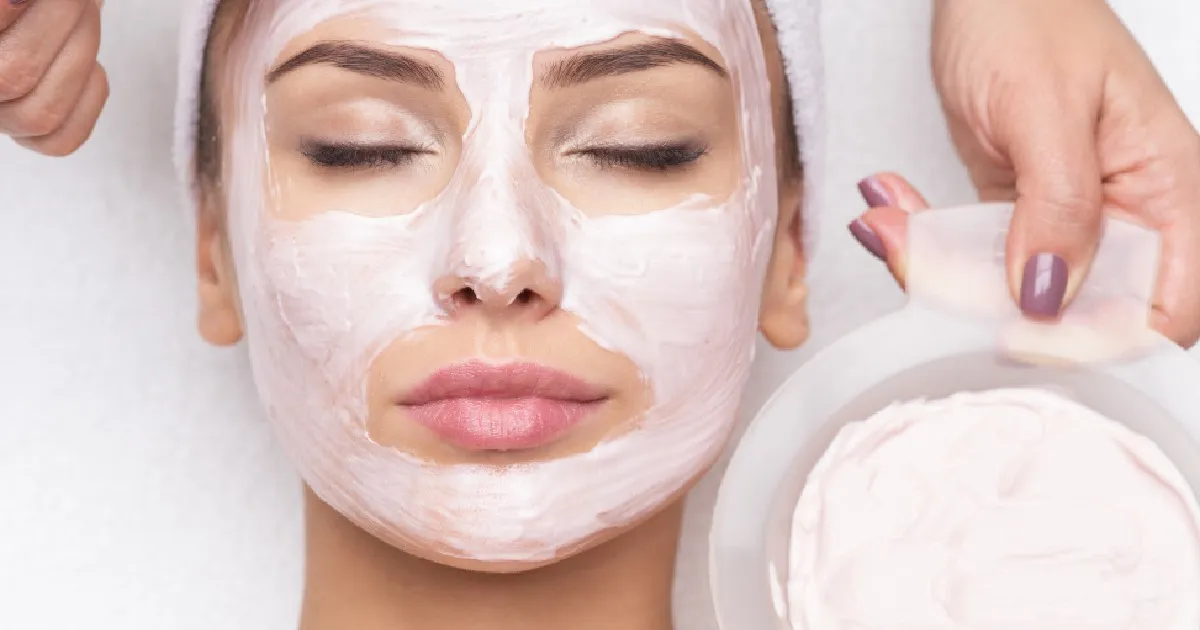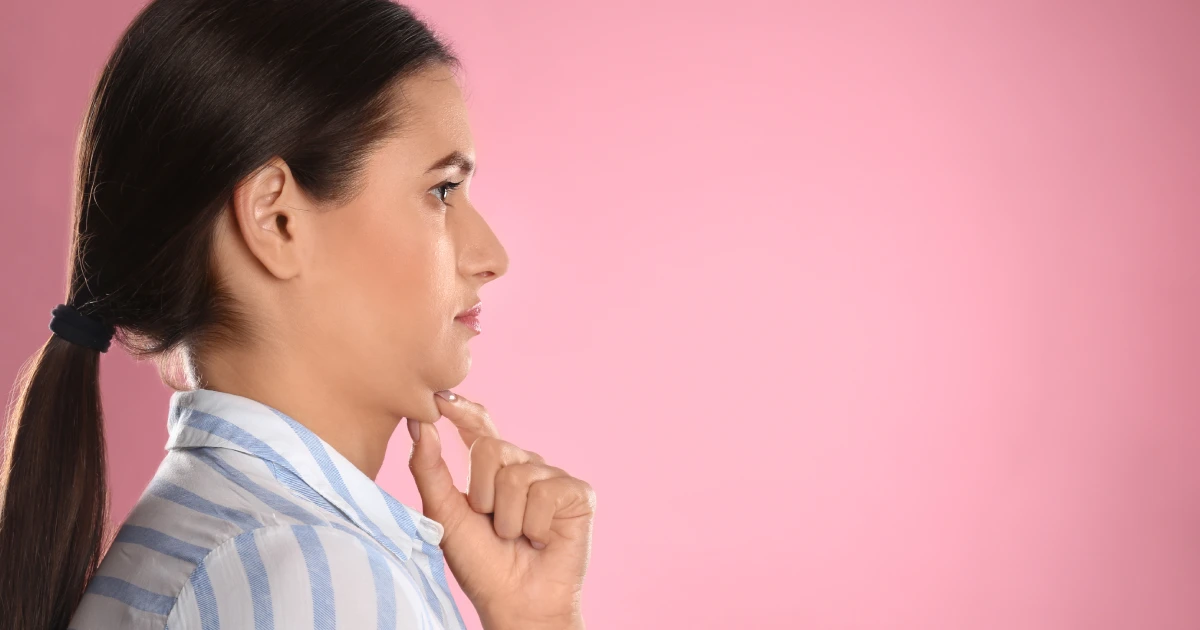Table of Contents
Are you concerned about how Radiesse treatment might affect your darker skin tone? Many patients with medium to deep skin tones (Fitzpatrick types IV-VI) hesitate before trying dermal fillers due to historical concerns about scarring and pigmentation issues. This post directly addresses the safety of Radiesse for all skin types, with special attention to deeper complexions.
You’ll find clear, evidence-based information about potential Radiesse side effects, who makes an ideal candidate, and what recent clinical studies reveal about its use in darker skin tones.
Let’s separate fact from fiction so you can make an informed decision regarding this popular and effective cosmetic treatment.
Understanding Radiesse: Composition and Mechanism
Radiesse treatment is an FDA-approved injectable filler composed of calcium hydroxylapatite (CaHA) microspheres. These are suspended in a water-based gel carrier. Unlike hyaluronic acid fillers, Radiesse works through two distinct mechanisms:
- Immediate volumization through the gel carrier
- Stimulation of natural collagen production over time
This dual-action approach makes Radiesse treatment particularly effective for addressing moderate to severe facial wrinkles and folds. Examples are nasolabial folds. The treatment also restores volume in areas like the cheeks and hands.
The calcium hydroxylapatite particles are biocompatible, meaning they’re similar to minerals naturally found in human bones, which contributes to the overall Radiesse safety profile. Over time, the gel carrier is absorbed by the body, while the CaHA microspheres continue to stimulate collagen production for extended results.
Radiesse Safety: Clinical Evidence and FDA Approval
Radiesse safety has been extensively studied in clinical trials leading to its FDA approval. The treatment received its initial FDA approval in 2006 for the correction of moderate to severe facial wrinkles and folds, and later in 2015 for hand augmentation.
Key points about Radiesse safety from clinical evidence include:
- Low rates of adverse events in controlled clinical trials
- High patient satisfaction scores across multiple studies
- Safety profile consistent across multiple injection sites
- Minimal long-term complications reported
It’s important to note that Radiesse safety is significantly influenced by the expertise of the injector, proper patient selection, and adherence to recommended injection techniques.
Radiesse for All Skin Types: Evaluating Safety Across the Fitzpatrick Scale
When considering Radiesse for all skin types, it’s helpful to reference the Fitzpatrick scale, which classifies skin types from I (very fair) to VI (deeply pigmented). Research and clinical experience suggest that Radiesse treatment can be suitable across this spectrum, with some important considerations:
Light to Medium Skin Tones (Types I-IV)
For individuals with fair to medium skin tones, Radiesse safety concerns primarily revolve around:
- Potential bruising, which may be more visible on lighter skin
- Technique-related issues such as product placement
- Individual anatomical variations that might affect outcomes
These concerns are generally well-managed with proper injection technique and preparation.
Darker Skin Tones (Types V-VI)
For individuals with deeper skin tones, there has traditionally been some hesitation about using dermal fillers due to concerns about:
- Potential for keloid formation
- Risk of hyperpigmentation or hypopigmentation
- Possibility of hypertrophic scarring
However, these concerns can now be largely addressed thanks to recent clinical research. A significant large-scale study of Radiesse for all skin types specifically examined patients with Fitzpatrick skin types IV-VI (medium to deeply pigmented skin). This research showed encouraging results:
- No keloid formation was observed
- No hypertrophic scarring occurred
- No skin discoloration (neither hyperpigmentation nor hypopigmentation)
- Safety profiles matched those of patients with lighter skin tones
This research effectively demonstrates that Radiesse treatment can be safely used across all skin types when properly administered. The study involved hundreds of patients with darker skin tones who received Radiesse injections for nasolabial folds, with follow-up evaluations at 3 and 6 months.
Who Can Get Radiesse? Ideal Candidates and Contraindications
Understanding who can get Radiesse involves evaluating several factors beyond just skin type:
Ideal Candidates for Radiesse Include:
- Adults with moderate to severe facial wrinkles and folds
- Individuals experiencing age-related volume loss in the midface
- Those seeking hand rejuvenation
- Patients looking for longer-lasting results than typically achieved with hyaluronic acid fillers
- People with good overall health and realistic expectations
Contraindications: When Radiesse May Not Be Appropriate
While Radiesse safety is well-established, certain individuals should avoid this treatment:
- Those with severe allergies, especially to any components of the product
- Individuals with bleeding disorders or those taking blood thinners (unless medically cleared)
- Patients with a history of keloid formation or hypertrophic scarring
- Those with active skin inflammation or infection at the treatment site
- Pregnant or breastfeeding women (due to lack of safety data)
Having a thorough consultation with a qualified provider is essential to determine if you’re a good candidate for Radiesse treatment.
Radiesse Side Effects: What to Expect and How to Manage
Understanding potential Radiesse side effects helps patients make informed decisions and prepare appropriately:
Common Side Effects
Most Radiesse side effects are mild to moderate and resolve within a week:
- Swelling at the injection site
- Bruising and redness
- Tenderness or pain
- Minor itching or rash
Rare but Serious Side Effects
Though uncommon, more serious Radiesse side effects can occur:
- Nodule or granuloma formation
- Vascular occlusion (extremely rare but serious)
- Infection at the injection site
- Long-lasting or permanent lumps
To minimize Radiesse side effects, it’s crucial to:
- Choose a highly qualified provider
- Disclose all medications and medical conditions
- Follow pre and post-treatment guidelines precisely
- Attend all recommended follow-up appointments
Beauty Abound Aesthetics: Expert Radiesse Treatment in San Angelo, TX
For those seeking Radiesse treatment in San Angelo TX, Beauty Abound Aesthetics stands out as a premier provider. Our approach to Radiesse treatments and other services exemplifies the highest standards in aesthetic medicine.
Beauty Abound Aesthetics utilizes Radiesse as a biostimulatory dermal filler to smooth moderate to severe facial wrinkles and folds, such as nasolabial folds, and to enhance the volume of areas like the cheeks and hands. Composed of calcium hydroxylapatite microspheres suspended in a gel, Radiesse stimulates the body’s natural collagen production.
The treatment provides immediate volume while promoting long-term collagen production for natural-looking results. It suits individuals looking to enhance facial contours, reduce wrinkles, and rejuvenate their hands. Book your appointment!
Still have questions about Radiesse? Talk to our specialists today!
Frequently Asked Questions
How long do results from a Radiesse Treatment typically last?
Radiesse treatment results typically last 12-18 months, depending on the individual’s metabolism, treatment area, and lifestyle factors.
Is the Radiesse Treatment procedure painful?
Most patients report only mild discomfort during Radiesse treatment as the product contains lidocaine and providers often use additional numbing agents.
Can Radiesse Treatment be combined with other cosmetic procedures?
Radiesse treatment can be safely combined with other procedures like Botox, microneedling, or laser therapy for enhanced results when properly spaced by a qualified provider.
How soon after Radiesse Treatment can I return to my normal activities?
Most patients can return to normal, non-strenuous activities immediately after Radiesse treatment, making it truly a “lunchtime procedure.”
Can Radiesse Treatment be dissolved if I don’t like the results?
Unlike hyaluronic acid fillers, Radiesse treatment cannot be dissolved with an enzyme, which is why choosing an experienced provider who can deliver natural-looking results is essential.



